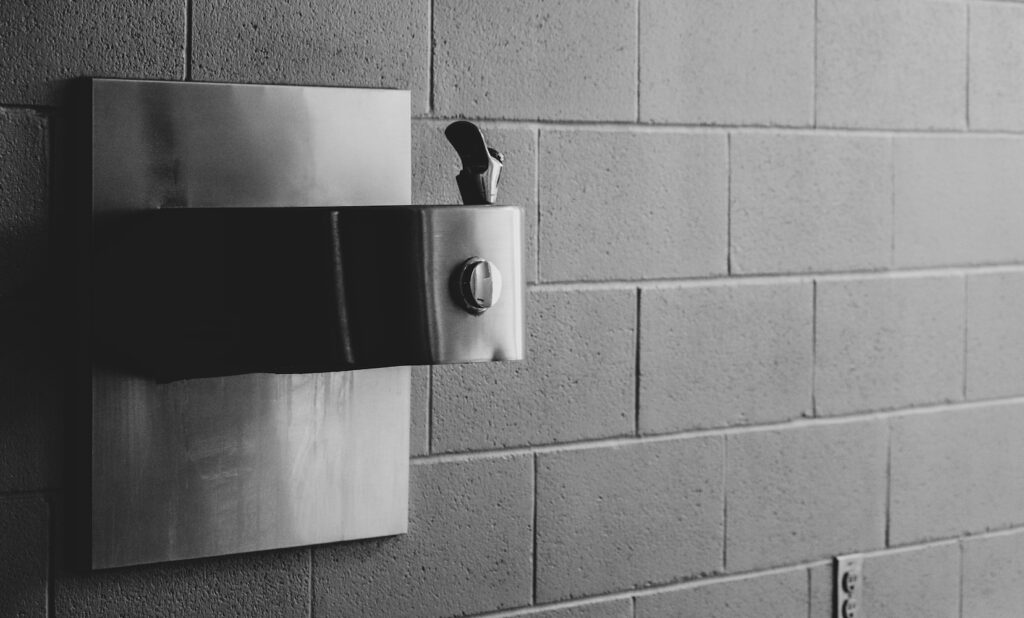California school district acknowledges ‘lack of effective communication’ in disclosing elevated levels of lead in drinking water
A northern California community is questioning the length of time for a school district to report elevated levels of lead across multiple schools’ drinking fountains and faucets, reports USA…

A northern California community is questioning the length of time for a school district to report elevated levels of lead across multiple schools’ drinking fountains and faucets, reports USA Today.
“We are putting systems in place to ensure a lack of effective communication does not occur again, and that school communities receive quick notice when this kind of testing is taking place on their campuses,” the Oakland Unified School district wrote in a letter to families last week.
However, staffers at affected schools – including Frick United Academy of Language – noted the lead testing had taken place between late March and June, although the results were released only in August.
Of the 1,083 fixtures tested, nearly 200 contained lead levels above the district’s limit of 5 parts per billion (ppb).
“We are demanding safe drinking water for our students immediately,” said Frick Academy Counselor Catherine Cotter. “Transparency about what’s happening and why we were not told this until the other day. Since April, the kids have been there all summer drinking water with lead in it.”
One of the school’s 6th grade teachers, Stuard Loebl, noted one water fountain had lead levels of 51 ppb – more than 10 times the district’s limit.
“Students have been drinking lead water this whole time – obviously before the report was released but since as well, which is infuriating,” he said in an interview with CBS News. “We need a very comprehensive plan for testing going forward that does not just spot test.”
Both the World Health Organization and the Centers for Disease Control and Prevention (CDC) warn against lead exposure in young children because of its negative health effects.
Risks of lead exposure include brain damage, problems with hearing and speech, and delayed development and growth. It can also contribute to behavioral and learning problems such as “reduced IQ, ADHD, juvenile delinquency, and criminal behavior,” according to the CDC.
The U.S. Environmental Protection Agency has set the action level for lead in drinking water at 15 ppb. However, any amount of lead exposure “can seriously harm a child’s health,” the CDC warns.
The district has recommended students use filtered water stations and reusable water bottles while the fixtures showing elevated lead levels undergo repairs.
“Despite our attention to detail and care for our sites, we did not communicate effectively to the members of each school community as the testing launched, as we received the results, and as fixes were being implemented,” the district wrote.



